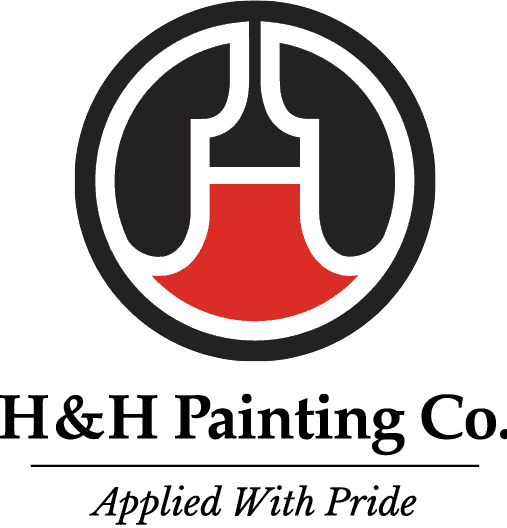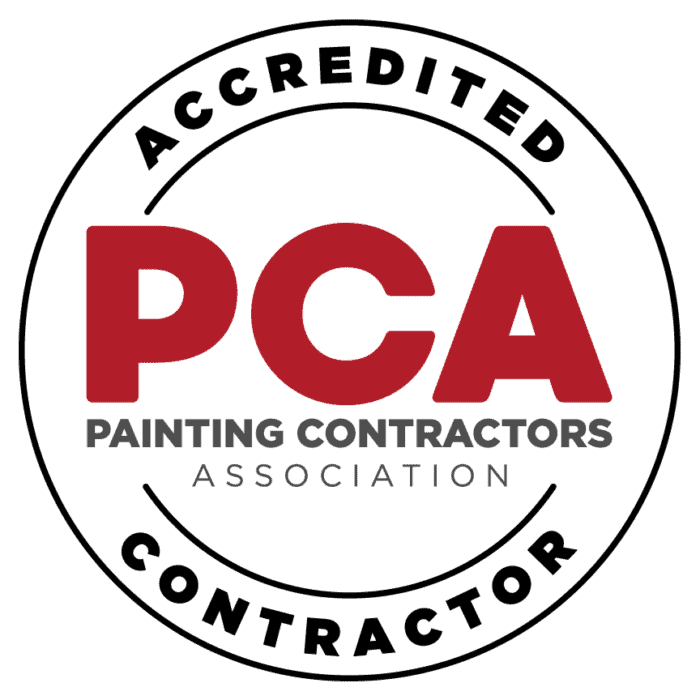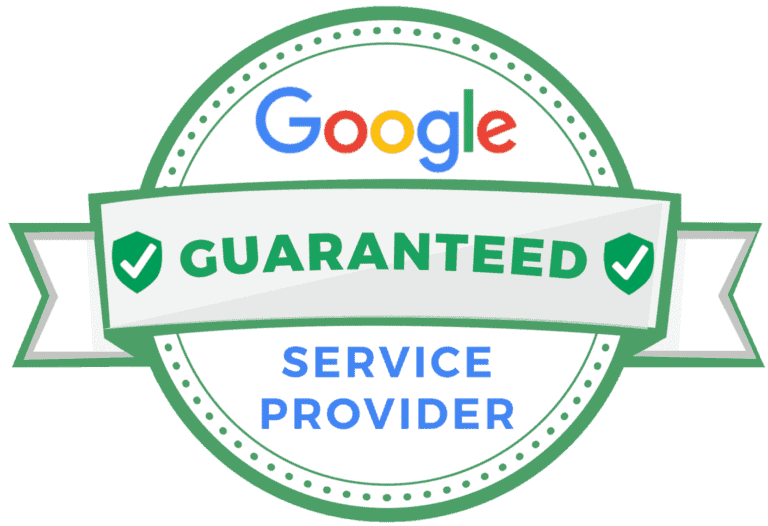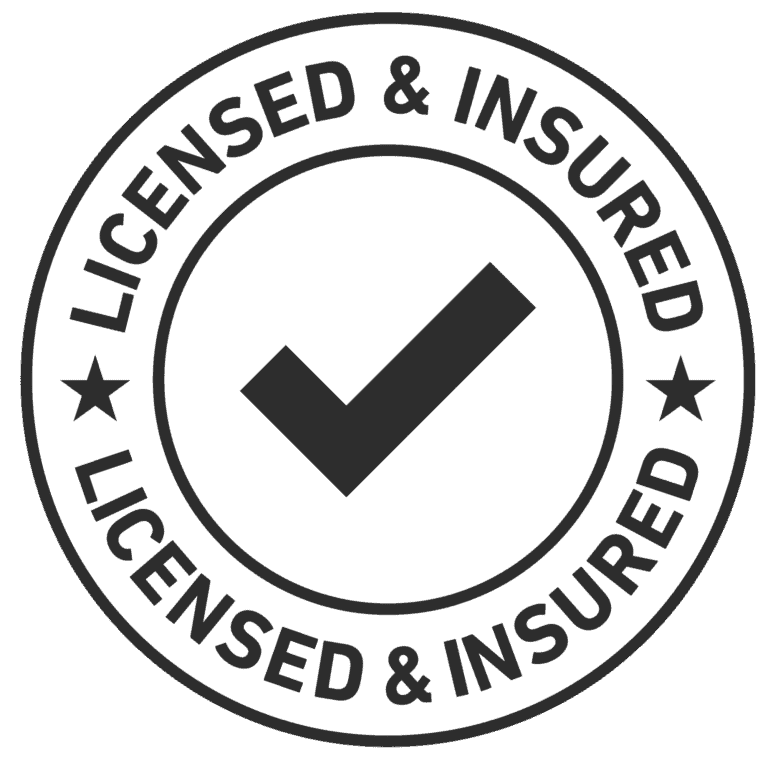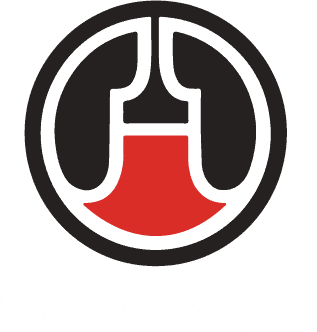You’re about to repaint your restaurant’s dining room. Interior commercial painting can transform your space, but there’s one question keeping you up at night: will the fumes force you to close for days or trigger complaints from customers and staff?
Commercial painting air quality standards exist because the wrong painting approach can mean respiratory complaints, health code violations, and lost revenue. The right contractor knows how to protect air quality during commercial painting while keeping your business running.
Key Takeaways

Why Air Quality Matters in Commercial Spaces
Your restaurant isn’t just any building. You’re serving food to the public, which means health inspectors pay attention to everything, including air quality. When painters show up with the wrong materials or methods, you’re not just dealing with unpleasant smells. You’re risking:
The good news? Safe painting practices for businesses have come a long way. Professional contractors now have tools and techniques that make interior commercial painting safer than ever.
What Makes Paint Risky and How Contractors Fix It
How Professional Contractors Protect Your Air Quality
Based on these answers, they create a ventilation plan. This might include bringing in supplemental exhaust fans, timing work around your HVAC cycling, or sealing off specific zones to prevent cross-contamination.
This approach keeps air quality during commercial painting at safe levels while keeping your business operational.
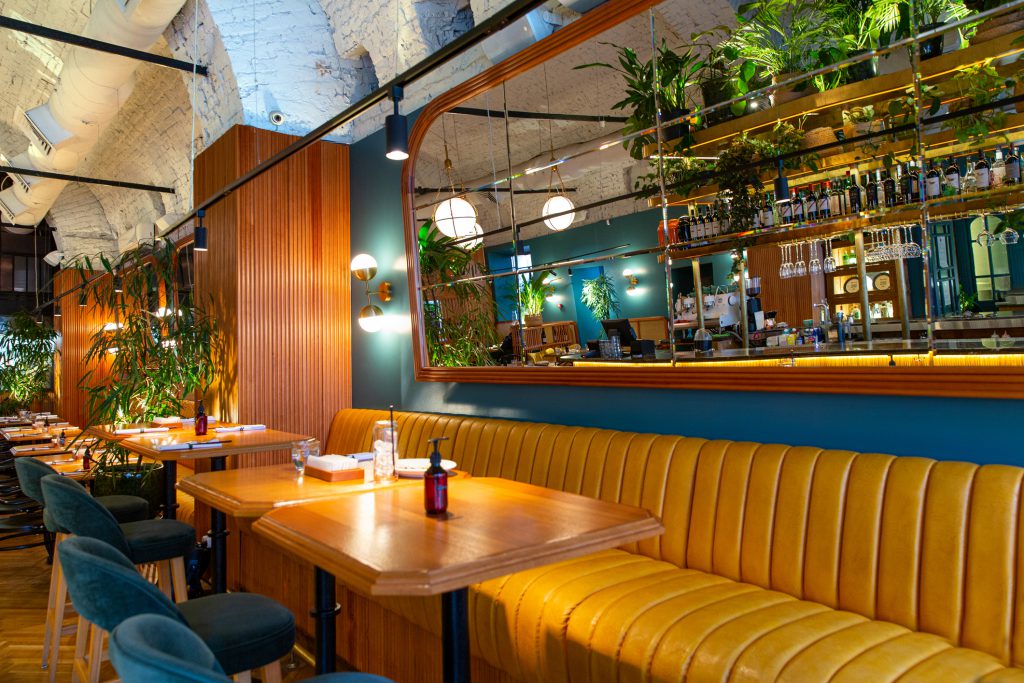
Safety Protocols That Protect Everyone
These systems aren’t optional extras. They’re part of meeting commercial painting air quality standards in occupied buildings.
Commercial Painting Air Quality Standards: Questions to Ask Before Hiring
Not all painting contractors follow the same commercial painting air quality standards. Before you sign a contract, ask:
Look for answers under 50 grams per liter, or zero-VOC options
Listen for specific equipment and methods
Professional contractors document this in writing
Experience with your building type matters
Rushed work often means shortcuts on safety
The contractor’s answers will tell you whether they take interior commercial painting safety seriously or just want to get in and out quickly.
What Happens When Contractors Cut Corners
We’ve seen the aftermath of poorly executed commercial painting projects. One restaurant in Michigan had to close for three days because their contractor used high-VOC paint without proper ventilation. Staff got sick, customers complained, and the health department showed up.
The cost? Lost revenue, reputation damage, and paying a second contractor to fix the problem. All because the first contractor didn’t follow commercial painting air quality standards.
Don’t let this happen to you. The money you save hiring the cheapest bidder disappears fast when you factor in business interruption and remediation costs.
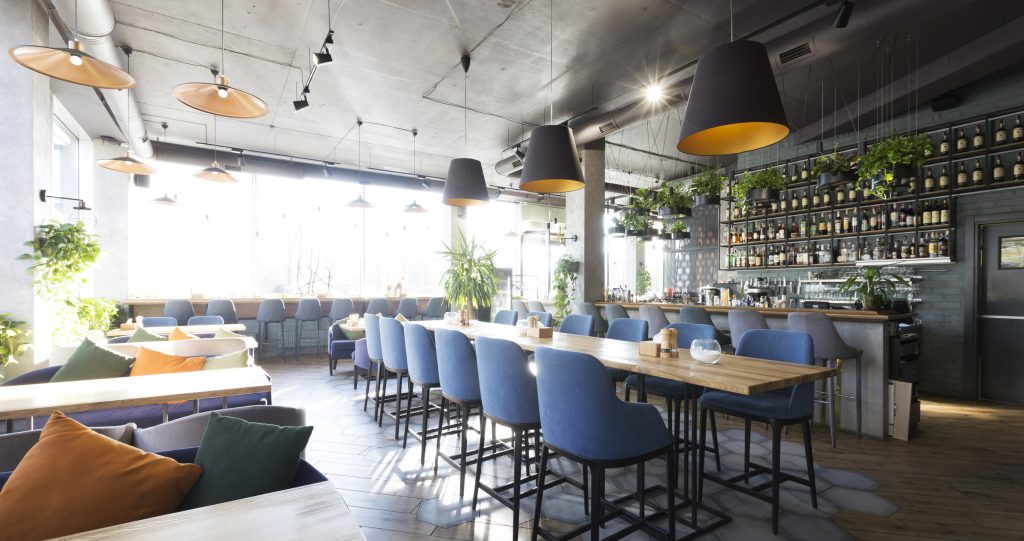
Beyond Paint: Complete Air Quality Protection
The best contractors think about air quality during commercial painting from start to finish. This includes:
When a contractor includes these steps, you’re not just getting a paint job. You’re getting a partner who understands that your business depends on maintaining a safe environment.
Ready to Refresh Your Space Without the Risk?
You shouldn’t have to choose between updating your restaurant and protecting your customers. Professional commercial painting contractors know how to deliver both.
At H&H Painting Co., we specialize in commercial painting air quality standards for food service environments. Our team uses low-VOC products, follows strict containment protocols, and schedules work around your business hours. We’ve painted dozens of restaurants across Lansing without a single health code issue or forced closure.
Call 269-748-0933 to discuss your project. We’ll walk your space, answer your questions, and show you exactly how we’ll protect your air quality while transforming your restaurant. No pressure, no obligation—just straight answers from contractors who’ve done this hundreds of times.
